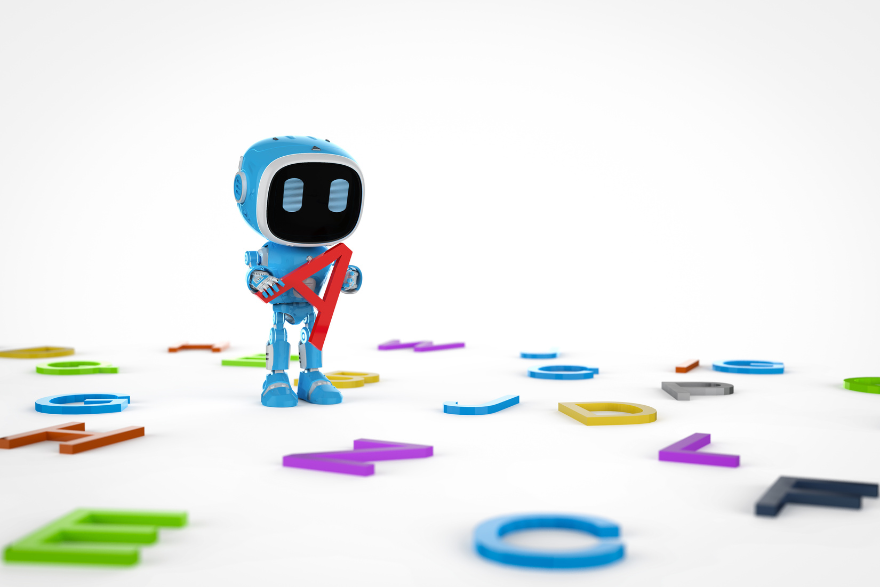The landscape of education is undergoing a significant transformation, with artificial intelligence (AI) playing a pivotal role in reshaping how we learn. E-learning platforms, in particular, are leveraging AI tools to provide more personalised, engaging, and effective educational experiences. In this comprehensive blog, we’ll explore the best AI tools for e-learning that are setting new standards in the industry, covering a wide range of functionalities from tutoring to content creation and assessment.
Introduction
The integration of AI in e-learning is more than a trend; it’s a paradigm shift that promises to make education more accessible and tailored to individual needs. From intelligent tutoring systems to AI-driven content creation, these tools are designed to improve the efficiency and effectiveness of online learning.
AI-Powered Tutoring Systems
1. Smart Tutoring Platforms
AI-powered tutoring systems, such as Carnegie Learning and Squirrel AI, use sophisticated algorithms to provide personalised learning experiences. These platforms adapt to each student’s learning style and pace, offering customised feedback and recommendations. By analysing student performance data, they identify areas where learners struggle and provide targeted interventions to address these gaps. This level of personalization ensures that students receive the support they need to succeed, making learning more efficient and effective.
2. Chatbots and Virtual Assistants
Chatbots like IBM’s Watson and Microsoft’s Azure AI are revolutionising student support by offering real-time assistance. These virtual assistants can answer questions, provide explanations, and even help with administrative tasks. Their 24/7 availability ensures that students receive immediate support, enhancing their overall learning experience. Moreover, these AI-driven assistants can handle a vast array of queries simultaneously, providing scalability that human tutors alone cannot match.
AI in Content Creation and Curation
3. Automated Content Generation
Tools like Articulate Rise and Lumen5 utilise AI to create engaging educational content. These platforms can generate quizzes, presentations, and interactive videos based on existing materials or from scratch. By automating content creation, educators can save time and focus on more strategic aspects of teaching. Additionally, AI can help ensure content is up-to-date and relevant by continuously analysing educational trends and integrating the latest information.
4. Adaptive Learning Platforms
Adaptive learning platforms, such as Knewton and DreamBox, use AI to customise learning paths for each student. These tools analyse student data to adjust the difficulty level of content and provide personalised resources. This ensures that learners receive the right level of challenge and support to optimise their educational journey. By continuously adapting to the learner’s progress, these platforms help maintain engagement and prevent frustration, ultimately leading to better learning outcomes.
5. Intelligent Content Recommendation Systems
AI-driven recommendation systems, like those used by Coursera and Udemy, suggest courses and materials based on a student’s interests, previous coursework, and learning pace. These systems ensure that students are exposed to content that is both relevant and challenging, enhancing their educational experience. By personalising the learning journey, these recommendation systems help keep students motivated and engaged.
AI-Enhanced Assessment and Feedback
6. Intelligent Assessment Tools
AI-driven assessment tools like Gradescope and ExamSoft streamline the grading process and provide detailed analytics on student performance. These tools can automatically grade multiple-choice and written responses, identify patterns in student errors, and offer insights into areas that need improvement. This not only saves educators time but also ensures that feedback is consistent and unbiased. Furthermore, these tools can provide real-time feedback, allowing students to learn from their mistakes immediately.
7. Natural Language Processing (NLP) Applications
NLP applications, such as Grammarly and Turnitin, enhance writing skills by providing real-time feedback on grammar, style, and originality. These tools not only detect plagiarism but also help students improve their writing through detailed suggestions and corrections. By using advanced AI algorithms, these applications can understand context and provide more nuanced feedback, making them invaluable tools for developing strong writing skills.
8. Automated Essay Scoring
Automated essay scoring systems like ETS’s e-rater use AI to evaluate written responses, providing immediate feedback on structure, coherence, and content. These tools can help educators handle large volumes of written work efficiently while maintaining high standards of assessment. By offering instant feedback, students can quickly understand and correct their mistakes, enhancing their learning experience.
AI for Enhanced Engagement
9. Gamification Platforms
AI-powered gamification platforms like Kahoot! and Quizizz make learning fun and engaging. These tools use AI to personalise game-based learning experiences, adjusting the difficulty and content based on student performance. Gamification increases motivation and retention, making learning more enjoyable. By turning education into a game, these platforms encourage active participation and make learning a more dynamic and interactive experience.
10. Virtual Reality (VR) and Augmented Reality (AR)
AI-enhanced VR and AR tools, such as Google Expeditions and zSpace, provide immersive learning experiences. These technologies allow students to explore complex concepts and environments in a hands-on, interactive way. AI algorithms ensure that these experiences are tailored to the learner’s needs, enhancing understanding and retention. By making abstract concepts tangible and interactive, VR and AR can significantly enhance comprehension and engagement.
11. Personalised Learning Environments
Platforms like Classcraft use AI to create personalised learning environments that adapt to each student’s needs and preferences. By gamifying the learning process and providing real-time feedback, these platforms help students stay engaged and motivated. The AI algorithms track student progress and adjust the learning environment accordingly, ensuring that each student has a unique and effective learning experience.
AI in Administrative Functions
12. Automated Scheduling and Administration
AI tools like Clara and x.ai assist in administrative tasks such as scheduling meetings and managing calendars. These tools use natural language processing to understand requests and automate scheduling, freeing up valuable time for educators and administrators. By handling routine administrative tasks, these AI tools allow educators to focus more on teaching and less on logistics.
13. Student Performance Analytics
AI-driven analytics platforms like Brightspace and Blackboard analyse student data to provide insights into performance trends and potential areas of concern. These tools can predict which students are at risk of falling behind and suggest interventions to help them succeed. By providing a comprehensive view of student performance, these analytics platforms enable educators to make data-driven decisions that enhance learning outcomes.
Ethical Considerations and Future Directions
While the benefits of AI in e-learning are vast, it is essential to consider the ethical implications of these technologies. Issues such as data privacy, algorithmic bias, and the digital divide must be addressed to ensure that AI enhances education equitably and responsibly. Educators and policymakers must work together to create guidelines and regulations that protect students while maximising the benefits of AI. Additionally, innovative tools like text to image AI can complement learning by generating visual content tailored to specific subjects, enhancing engagement and understanding for students.
Looking ahead, the future of AI in e-learning holds even more promise. Advances in AI technologies, such as deep learning and reinforcement learning, will continue to drive innovation in educational tools and platforms. As these technologies evolve, they will offer even more sophisticated and effective solutions for personalised learning, content creation, and assessment.
Conclusion
The integration of AI in e-learning is revolutionising the educational landscape, making it more personalised, efficient, and engaging. From intelligent tutoring systems to AI-driven content creation, these tools are transforming how we learn and teach. As AI technology continues to evolve, its impact on e-learning will only grow, promising even more innovative solutions for educators and learners alike.
By embracing these AI tools, e-learning platforms can provide superior educational experiences that cater to the diverse needs of students, ultimately driving better outcomes and fostering a love for lifelong learning.



 " alt="How to Become a Teaching Assistant in the UK" />
" alt="How to Become a Teaching Assistant in the UK" />
 " alt="Maintaining Patient Confidentiality: A Nursing Assistant’s Duty" />
" alt="Maintaining Patient Confidentiality: A Nursing Assistant’s Duty" />
 " alt="The Importance of Proper Body Mechanics for Nursing Assistants" />
" alt="The Importance of Proper Body Mechanics for Nursing Assistants" />

